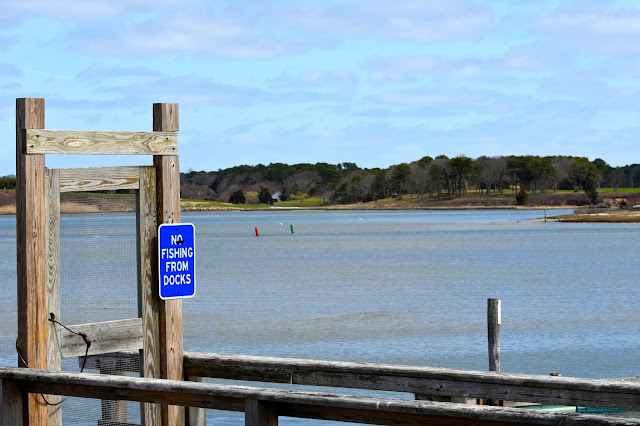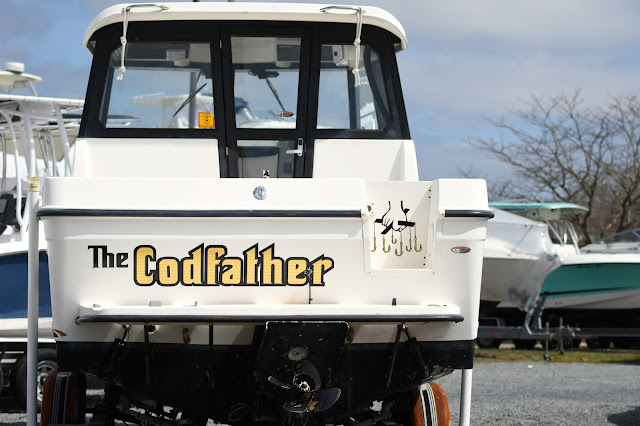This past Saturday, 25 February, another Chiangmai hasher and I travelled four hours south to the town of Phrae for another Lanna Bush Hash- our 26th. A larger group drove or flew the 350 miles up from Bangkok. Another hasher, Belly Dancer, come over from England. The LBH as we call it is a men's hash, usually 20-25 kilometers/12.5-16.5 miles over terrein that varies from flat, back-country dirt roads to difficult, mountainous ascents and descents. We usually start around 1p.m./13:00 and the last hashers limp in before dark hopefully. We do four or five of these runs a year and the sites range all over Thailand. About half of us show up at our hotels or guest houses on Friday, then go out for a good meal and a few beers that evening. The rest arrive the day of the run.

Most of the hashers who come on these "Bush Hashes" have been at it for years. Most (most, I say..) are very savvy about gear- good trail shoes, water packs, hats, and gaiters for some of us, are standard. Tip Toe, on the right, is wearing a pair of thin gaiters for protection against thorns, thistles and "poison ivy" related plants. "Whore Monger" on the left below set the trails for this run so he is relaxing in sandals. We load up on "carbs" the night before- beer the preferred medium but pasta and rice okay too. Run day the operative words are "hydrate, hydrate, HYDRATE!"
A few more group pics as we wait for straglers to come down.
Belly Dancer on the left above and Tip Toe below.
Leaving aboard the "red bus", and getting it together at the hash start below.
The obligatory group photos before we head out. There were ten of us for this outing.
Rope.. Why is he bringing rope?
The start of the first leg. The run is set in three legs with water and snack stops between. The 1st leg was 7km/4.5 miles, billed as "flat" (NOT!!). The 2nd was also about 7 km but "hilly with nice views", and the 3rd leg was 9 km/6.5 miles of "undulating trails!" Everyone has the option of bailing out at the stops- e.g Tip Toe was getting seriously stressed by the 100 degree heat and opted to stop after the first leg. I did the 1st 7 km, felt okay but decided to pass on the hilly section, and did the last 9 km leg. Four hashers did all three legs and finished close to 5 p.m.
These kinds of tin or thatch roofed shelters are all over the Thai countryside, from the rice paddies to the steep hillsides cultivated with corn. The field workers use them to rest during breaks. cook a meal, or maybe stay overnight. The "pond" has been excavated and stores water for the dry season.
In addition to being very hot, the fields, hills and mountains are tinder dry this time of year. The pitted monsoonal mud has case-hardened, the treacherous ravine floors and creek beds are hidden under teak leaves, the bamboo crackles and rustles, thorny vines lay in wait everywhere, and the aggressive red ants have no sense of humor at all!
If you like this sort of stuff it makes for a most excellent adventure!
Sometimes it's hard to tell if people are living here. Places that seem abandoned my be inhabited when the growing season is more favorable. One business that thrives during the dry season is making charcoal. Below, dry wood is stacked alongside the two kilns waiting to be charred and bagged for market.
I have a little Nikon "tough camera" that I "stole" from one of the hashers for half price ($60). It's supposedly waterproof down to 50 feet, can be dropped from 6 feet and it's small enough and light enough to strap onto the belt of my fanny pack and take along. It takes okay pictures but unfortunately, if you don't recharge the battery the night before, it runs out of juice- which is what happened after this picture was taken.. On On!























































